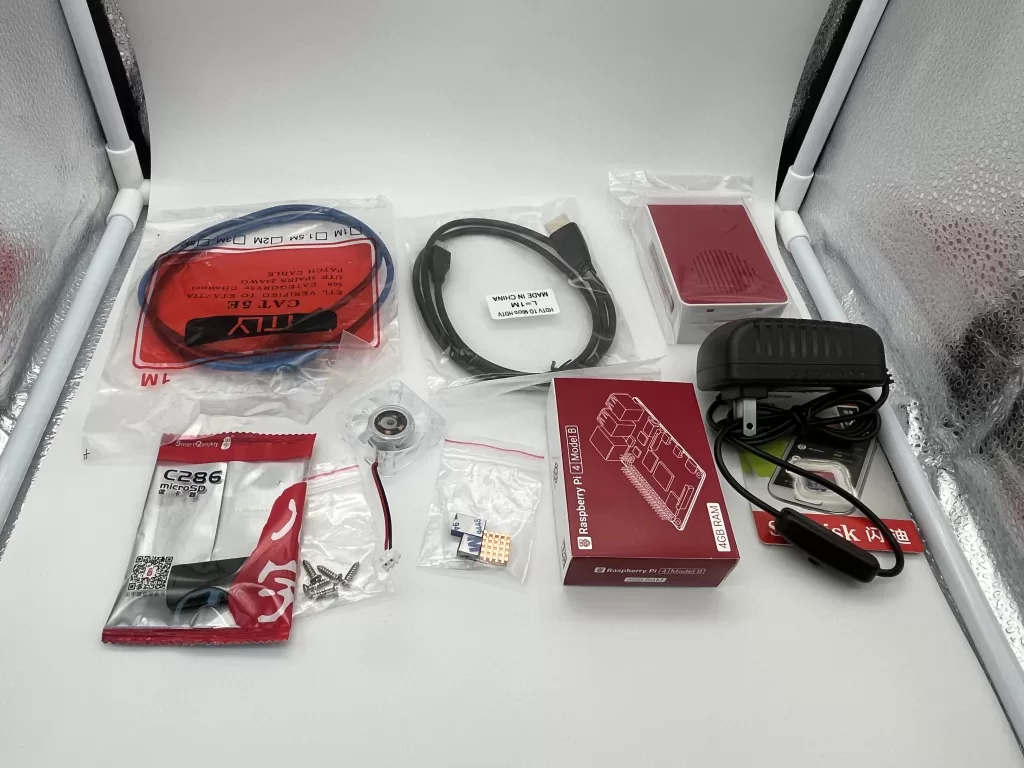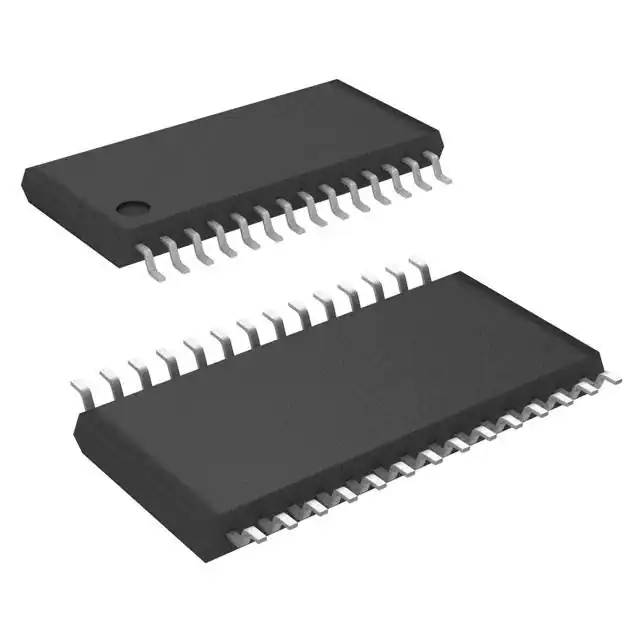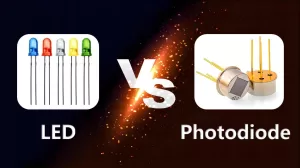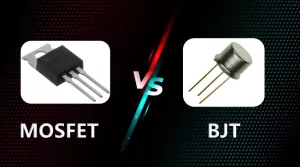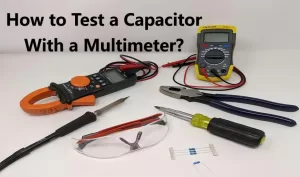In order to ensure a cleaner environment, catalytic converters are essential in lowering harmful emissions from automobiles. But a lot of car owner...
View detailsA Guide on How to Test a Starter Solenoid
In this blog, we will delve into the world of starter solenoids, explaining their function, operation, testing methods, and replacement procedures.
What is a Starter Solenoid?

The Starter Solenoid is a key component of a vehicle's starting system. It functions as a conductor, directing the flow of high current from the battery to the starter motor. Simply put, it functions as a powerful on/off switch that starts the starter motor when you turn the ignition key.
What Does the Starter Solenoid Do?
When you turn the key in the ignition, a tiny current is sent to the starter solenoid. This activates an electromagnet within the solenoid, which then closes a high-current switch. This high-current connector allows a considerable amount of electricity to flow straight to the starter motor. The starter motor then cranks the engine, rotating the flywheel and hopefully starting your vehicle.
How Starter Solenoid Works?
- Turn the key: Sends a small current to the solenoid.
- Electromagnet activated: The coil inside the solenoid generates a magnetic field.
- Plunger movement: A magnetic field pulls a plunger within the solenoid.
- High-current connection: The plunger moves to connect high-current connections.
- Power to starter motor: A large current travels from the battery to the starter motor.
- Engine cranks: The starter motor uses current to crank the engine.
Video related to How Does a Starter Solenoid Work
How to Wire a Starter Solenoid?
Wiring a starter solenoid usually includes replacing a damaged one. Here's a rough guideline, but always consult your vehicle's maintenance manual for exact instructions:
- Disconnect the Negative Battery Terminal: Safety comes first, as always.
- Locate the solenoid: Locate the starter solenoid on your car's engine block.
- Disconnect the Wires: Carefully unplug the electrical wires that attach to the solenoid terminals. Take note of their placements to ensure correct reconnection during installation.
- Remove the Solenoid: Unscrew the mounting nuts that keep the solenoid in place and remove it from the starter motor.
- Install the New Solenoid: Place the new solenoid in the same position as the old one. Secure it with the mounting bolts.
- Reconnect the Wires: Reconnect the wires to their appropriate terminals on the new solenoid, using your notes or the repair instructions.
- Reconnect the Negative Battery Terminal: Attach the negative battery terminal to the battery.
How to Test a Starter Solenoid?
A faulty starter solenoid can appear in a variety of ways, including a clicking sound when you turn the key, utter silence, or even smoke or burning from the solenoid itself. Before replacing the starter motor, test the solenoid to determine the specific problem. Here are two commonly used testing methods:
Method 1: Visual and Audio Inspection
- Locate the Starter Solenoid: The starter solenoid is normally positioned on or near the starter motor. It will usually be a cylindrical item with wires attached to it.
- Visual Inspection: Look for physical damage to the solenoid, such as cracks, burns, or corrosion on the terminals. These could suggest a malfunction.
- Listen for Clicking: Have a helper turn the key to the "start" position while you listen near the starter solenoid. A single, clear click may indicate a good solenoid, whereas many fast clicks or grinding noises indicate a malfunctioning solenoid.
Method 2: Multimeter Test
This method requires a multimeter, a flexible tool for measuring voltage and current.
- Set the Multimeter: Adjust your multimeter to the VDC (VDC) setting.
- Check the battery voltage: Touch the multimeter's red probe to the battery's positive terminal and the black probe to the negative terminal. A good battery should have a voltage reading between 12.4 and 12.8 volts.
- Test Solenoid Input Voltage: Locate the little wire terminal on the solenoid that gets electricity from the ignition switch. As the assistant turns the key to "start," connect the red probe to this terminal and the black probe to a good ground point on the engine block. You should observe a voltage reading around the battery voltage, indicating that the solenoid is receiving power.
- Test Solenoid Output Voltage: Look for the large output connection on the solenoid that connects to the starter motor. While the helper turns the key to "start," connect the red probe to this terminal and the black probe to the battery ground. You should notice a voltage measurement near the battery voltage, indicating that the solenoid is connecting to the starter motor.
Important safety tip: Always disconnect the negative battery terminal before performing any electrical checks on your car.
Can you Bypass a Starter Solenoid?
It is not advisable to bypass a starter solenoid. It can be a risky practice that could result in electrical damage, injury, or even fire. The starter solenoid controls the high current flow to the starter motor. Bypassing it could result in overheating, wire melting, or even a starter motor burning out.
How to Tell If Starter Solenoid Is Bad?
There are several symptoms that a starter solenoid is failing:
- Clicking Sounds When Starting: A single click during engagement is normal, but rapid clicks or grinding noises indicate a malfunctioning solenoid.
- No Cranking: If turning the key results in no sound or response from the starter motor, the solenoid may be to blame.
- Dimming Lights While Starting: If a solenoid fails, the headlights may dim momentarily while attempting to start, signaling that insufficient power is reaching the starter motor.
- Smoke or Burning Smell: In severe circumstances, a burnt-out solenoid may generate smoke or a burning odor.
How to Replace a Starter Solenoid?
Replacing a starter solenoid is identical to wiring a new one (see previous section). The main difference is that, depending on the architecture of your car, you may need to remove the solenoid from the starter motor. Some solenoids are built into the starter motor casing, while others are independent components that bolt onto the starter.
Where is the Starter Solenoid Located?
The starter solenoid is normally found on the starter motor or near it on the engine block. It will usually be a cylindrical item with wires attached to it. Consult your vehicle's repair manual to find the exact location for your specific car model.
Conclusion
A healthy starter solenoid is essential for a smooth and reliable engine start. Understanding its function, testing processes, and replacement process will allow you to discover any problems and ensure that your car starts when you need it. Remember that safety is paramount. If you're unsure about any of the operations, seek assistance from an experienced mechanic.
Ella
Ella is a skilled embedded systems engineer with experience in PCB design and microcontroller programming. She is committed to following the most recent developments in the field and is constantly seeking for ways to apply them to her work.
WEW ALL POSTS BYElla-
How to Fix a Catalytic Converter Without Replacing It: A Comprehensive Guide 341
-
Photodiode vs LED: What’s the Difference? 239
In this blog, we will explore the fundamental differences between photodiodes and LEDs, their respective functionalities, applications, and signifi...
View details -
Exploring the Difference between MOSFET and BJT Transistors 466
Transistors are fundamental electronic components that have revolutionized the field of electronics.They act as the fundamental components of conte...
View details -
Unveiling the Optoisolator: A Bridge Between Electrical Worlds 114
In this blog, we will delve into the fascinating realm of optoisolators, exploring their function, operational principles, applications, and so on.
View details -
HEPA Filters: Your Solution for Cleaner Air 79
In this blog, we will dive into the world of HEPA filters, exploring their functionality, benefits, and practical uses.
View details -
How to Test a Capacitor With a Multimeter? 292
In many electronic devices, including air conditioners, amplifiers, and automobile audio systems, capacitors play a crucial role. A multimeter test...
View details
 Ampheo Electronics
Ampheo Electronics